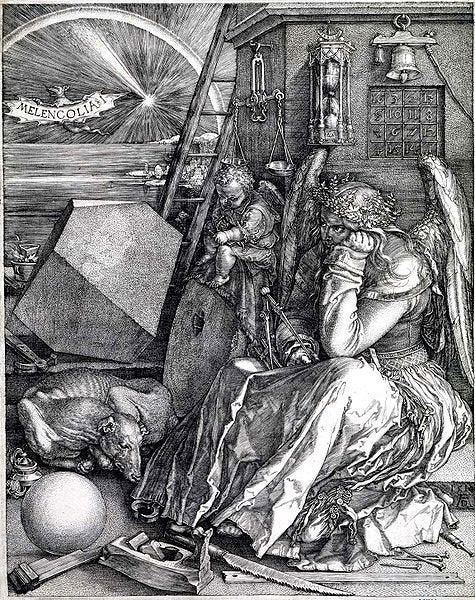The images below are dazzling, to say the least. But be warned, once you gaze upon their intricately textured exteriors, landing somewhere between a Russian jeweled egg and dizzying digital geometry, you'll find it hard to look away.
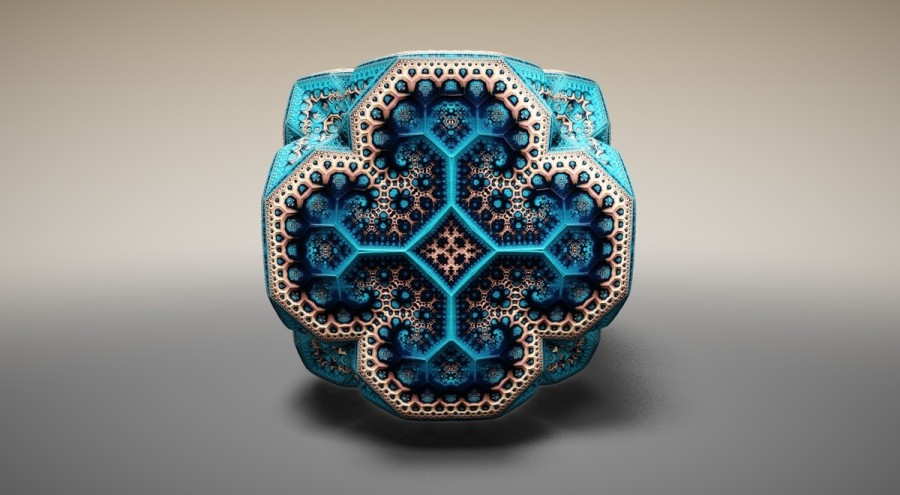
These ornate art objects, "Fabergé Fractals" as they're called, are the work of Scotland-based laser physicist-turned-artist and web developer Tom Beddard, who also goes by the name SubBlue. The art-meets-science maven used a formulaic method to yield his three-dimensional models, combining the 19th century decorative overload that is Fabergé with fractals' self-perpetuating, never-ending patterns, self-similar at every scale.
Beddard explained his methodology to MyModernMet: "The 3D fractals are generated by iterative formulas whereby the output of one iteration forms the input for the next. The formulas effectively fold, scale, rotate or flip space. They are truly fractal in the fact that more and more detail can be revealed the closer to the surface you travel.
"The fascinating aspect is where combinations of parameters can combine to create structural 'resonances' of extraordinary detail and beauty -- sometimes naturally organic and other times perfectly geometric. But then like a chaotic system it can completely disappear with the smallest perturbation."
Whether or not you get the science behind the visuals, the images themselves -- blending organic growth and digital imagining in every blossoming pattern -- are enough to keep our minds spinning for days. Take a look below and continue reading for a behind-the-scenes video.

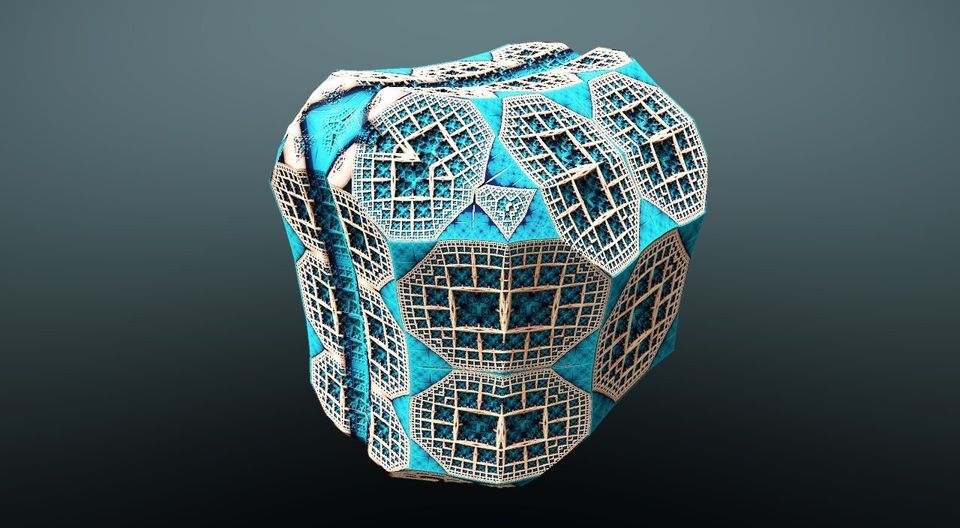




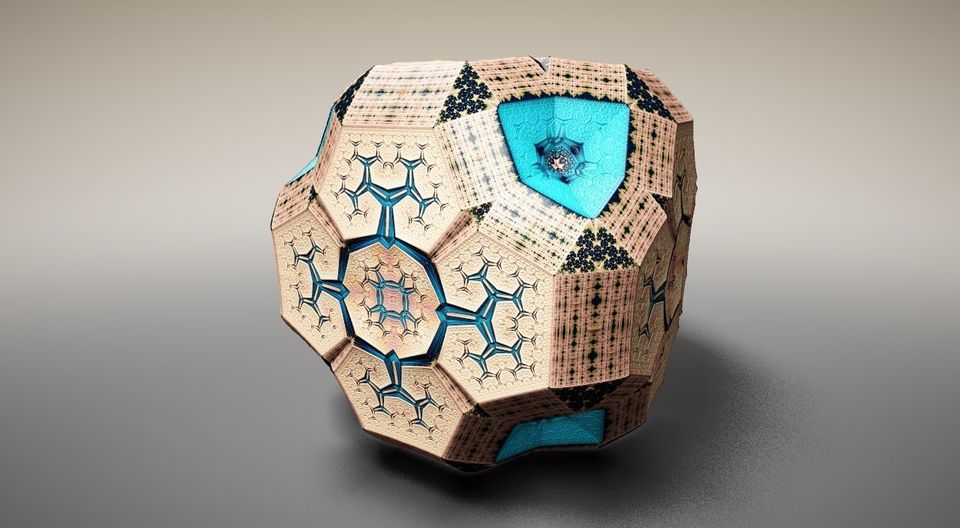




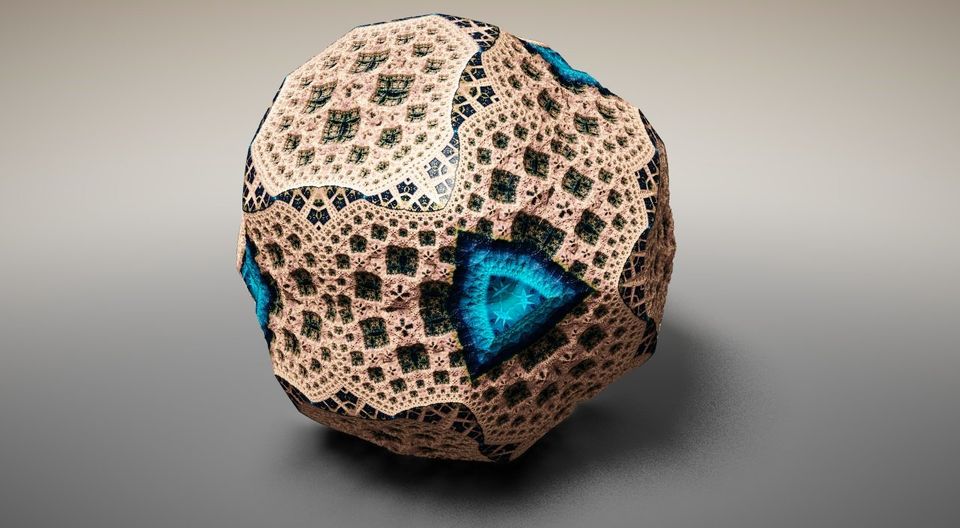

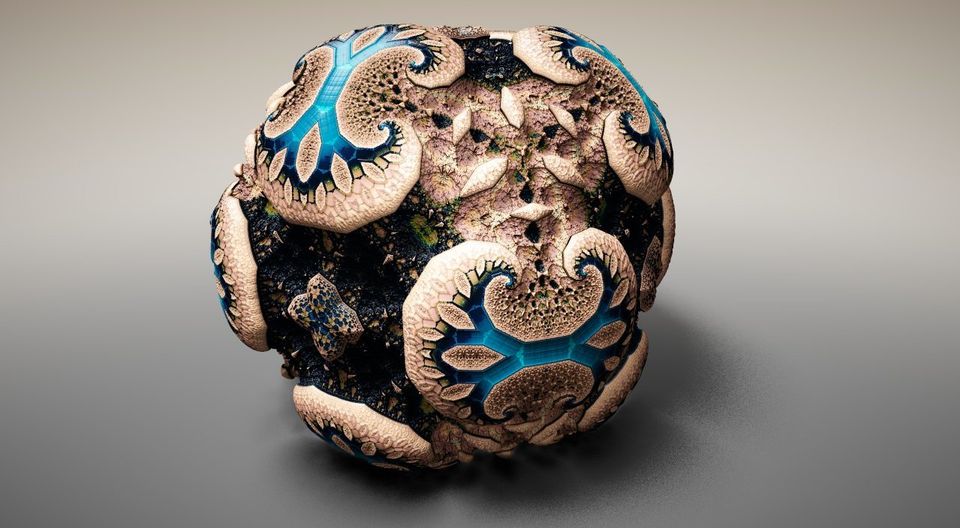
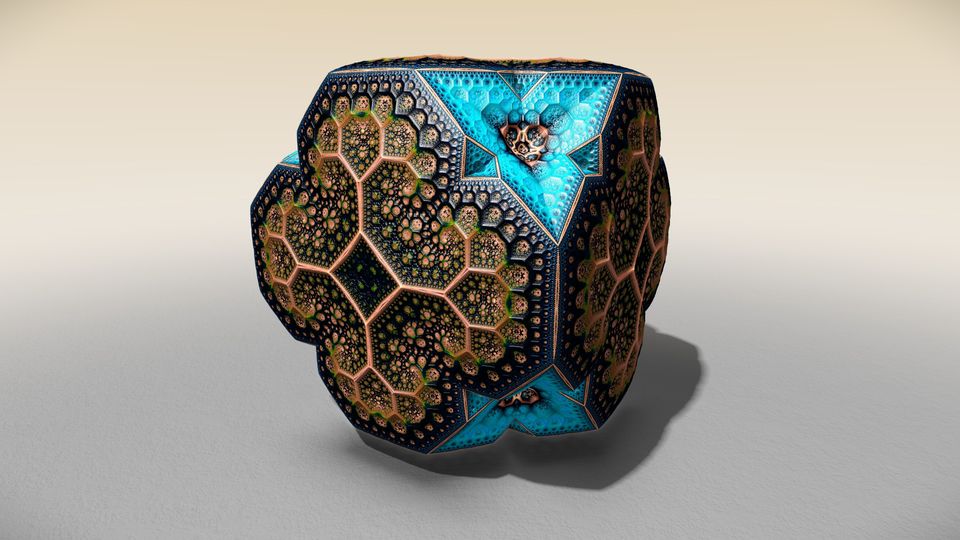
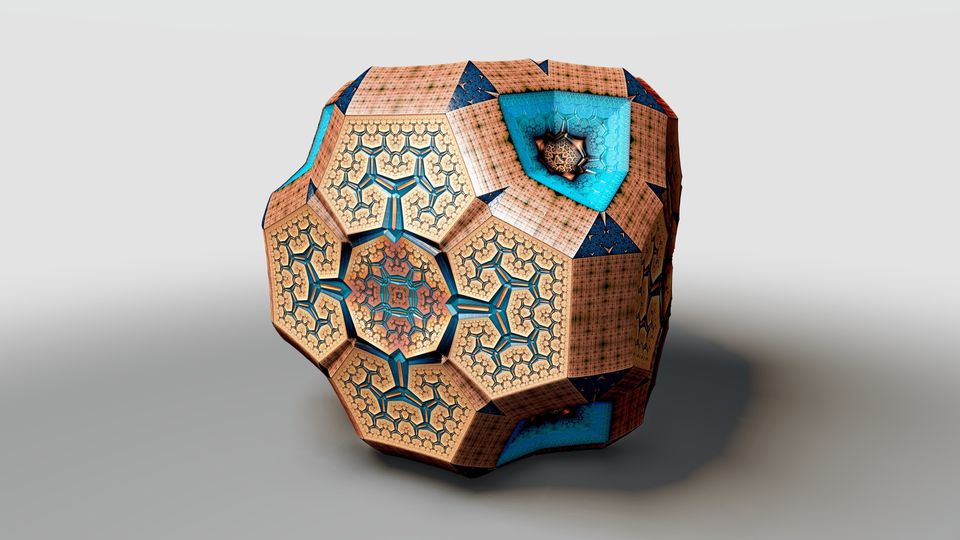

Surface detail from subBlue on Vimeo.
